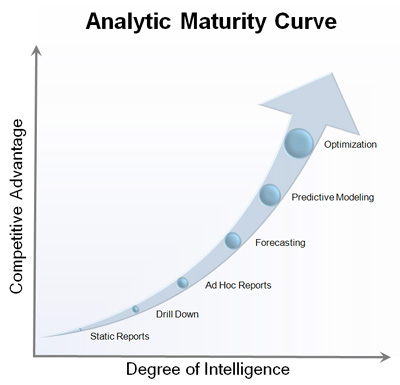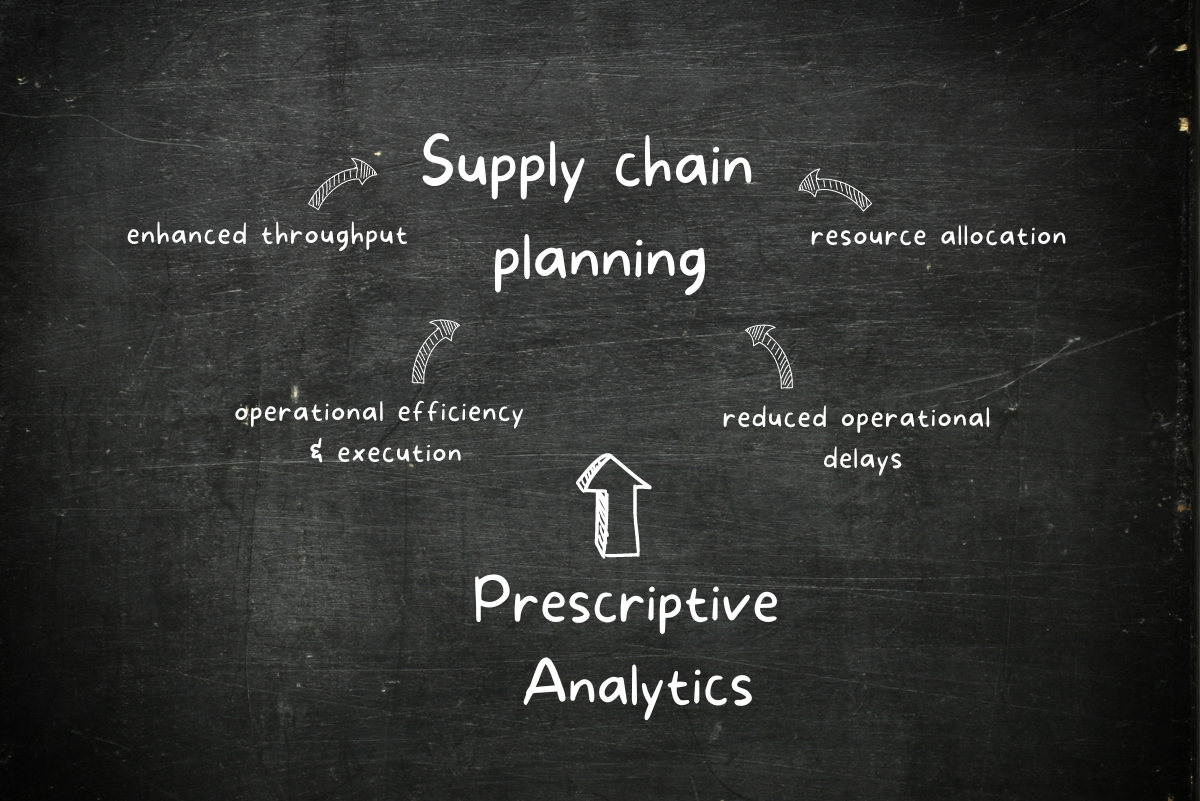In analytics, one size fits all – except you
Back in October 2013, Tesla announced that it would start using its own ERP system because traditional ERP systems did not cover the company’s needs. The reason behind their decision, as TechCrunch puts it, was that “traditional enterprise resource planning (ERP) systems did not cut it, [as] the company has a vertically integrated operation that required a custom environment.” The news might be quite dated by now, but it doesn’t cease to be inspiring. In my view, Tesla chose a revolutionary route. They decided to take a DIY approach on the single piece of software that so many companies are struggling with. Their case makes for a compelling example of a company not settling for less than what it needs.
Identifying your analytical maturity
Tesla’s decision not only reveals that they see their ERP system as a platform of strategic importance, it also shows that they have identified where they stand in terms of analytical maturity. They chose not to climb the same path that others before them have climbed. Instead, they chose to take a leap and start employing analytics to collect and secure data in a way that it can be used to not only describe, but also improve business.
Defining analytical maturity

The concept of analytical maturity was first coined by American academic Tom Davenport. Davenport described the growth of a company in analytics using a maturity model, starting from static reports, drill downs, via forecasting and predictive modelling, towards optimization. Traditional ERPs are typically very capable of supporting all kinds of business processes. But as soon as the business requirements change, they can become constraining. To put it simply, ERPs are designed to help you look back at what happened, but offer little to no help in leading your company into the future.
Building blocks
Analytical maturity is not just about being able to buy the technology you need. It is about recognizing what technology, process or structure you could use to get ahead of the market. It is also about recognizing how valuable it is to be able to answer increasingly complex questions, and implementing the process you need to arrive at the best possible answer. It is about what your company could be, not only about what is currently happening. The challenge is to align the newly acquired knowledge to meet your strategic goals, not only the next year, but all over the horizon of your current strategy. In my opinion, this can be done by getting the correct building blocks in place early in the process, and continuing to build and improve on those blocks. While Tesla designed its own ERP, they probably will not harvest the full fruit of it for the next few years. They did, however, prepare themselves by choosing a building block for future growth. In the future, they can connect other building blocks to this first one to meet new requirements. The question is, how do you go about picking the right building block for your company?
Choosing the right analytics platform
An analytics platform has one single most important requirement: The platform should fit with both your current maturity and your target maturity in the next 5-10 years. You should not grow from platform to platform, but on a platform. The platform should not limit your learning curve, but enable your learning curve. This is especially true in putting analytics to good use in the supply chain. Learning and improving in supply chain processes and operations directly adds to the bottom line of a company. Therefore, choosing a platform that stimulates growth pays off almost instantaneously. Opting in for a specific platform is also an important choice in partnership: which company, or group of companies, do you trust to be your partner? The partnership should be aligned with your company’s strategy. If innovation is your unique spear point, then this also should be the focus of the partnership. If your focus lies on flexibility or costs instead, then this should also be reflecting on your partnership. So to conclude, in order to make a bold decision on which analytics platform to use, you should ask yourself two questions that actually provide the same answer:
- What are you looking for in your partnerships?
- And what are you seeking to achieve using analytics?
As Tesla’s ERP decision illustrates, when your company’s growth is at stake, you simply cannot settle for a one size fits all approach. Get a roundup of our best supply chain content every month in your inbox! Sign up for our blog digest here.





